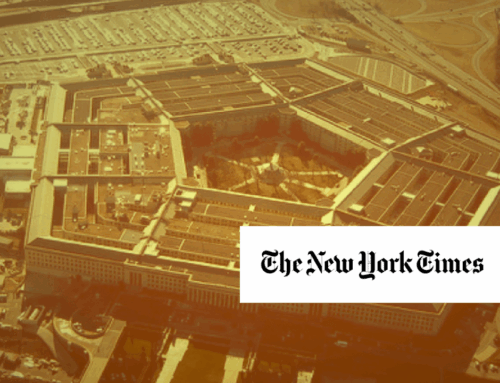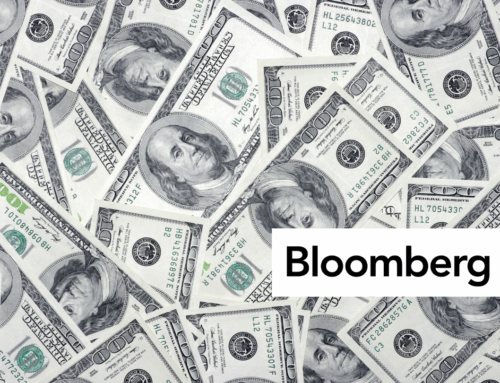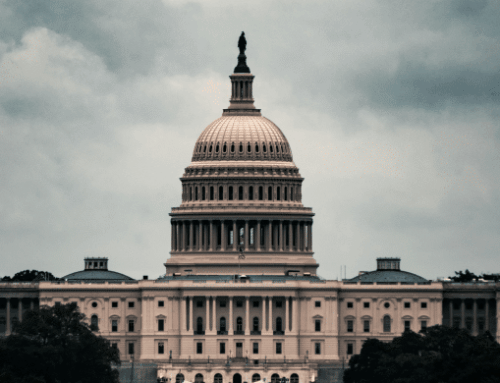The President’s FY2025 Budget Request includes a whopping $921 billion for National Security programs. Also referred to as National Defense spending, this price tag is for the budget function marked 050 in the budget authority tables organized by function, category, and program. It includes both discretionary and mandatory funding for the Pentagon, atomic energy defense activities, and other defense related activities. Here’s the full breakdown:
| TOTAL NATIONAL SECURITY SPENDING IN THE FY2025 BUDGET REQUEST | |
| Program / Category | Amount in Thousands of U.S. Dollars |
| Discretionary Pentagon Topline (051) | $849,770,000 |
| Discretionary Atomic Energy Defense Activities (053) | $33,979,000 |
| Discretionary Defense Related Activities (054) | $11,483,000 |
| Discretionary Subtotal (050) | $895,232,000 |
| Mandatory Pentagon Spending (051) | $22,401,000 |
| Mandatory Atomic Energy Defense Activities (053) | $2,873,000 |
| Mandatory Defense Related Activities (054) | $514,000 |
| Mandatory Subtotal (050) | $25,788,000 |
| TOTAL NATIONAL SECURITY SPENDING (050) | $921,020,000 |
On the discretionary side, compared to last year’s request, the Pentagon’s topline jumped 0.9 percent. While this is a relatively modest increase compared to prior years, a reflection of the budget deal reached last summer that capped spending increases across the board at 1 percent, it’s still an additional $7.8 billion. Discretionary spending for atomic energy defense activities jumped 3.6 percent, for an additional $1.2 billion. Discretionary spending for other defense related activities dropped by 0.2 percent, or $17 million. Overall, discretionary national security spending increased 1 percent, or $8.9 billion. The mandatory subtotal grew by 20 percent, or $4.3 billion, mostly reflecting the growing cost of the Military Retirement Fund. In total, national security spending is thus up 1.5 percent compared to last year’s request, or $13.2 billion.
If the total national security spending request were to grow by the same $13.2 billion that it did this year, then the total national security spending request would surpass $1 trillion by FY2031. However, spending is likely to grow significantly faster given that this year’s request was subject to a deal to cap spending increases at 1 percent. And notably, these FY2025 numbers do not include the President’s request for a $118.3 billion emergency supplemental spending package focused on Ukraine and Israel, which Congress could still pass some version of. Given that emergency spending is becoming an increasingly common way of adding to the Pentagon’s budget, it may be time to brace yourself for the news that we’ve hit the alarming $1 trillion threshold in the not-too-distant future.










